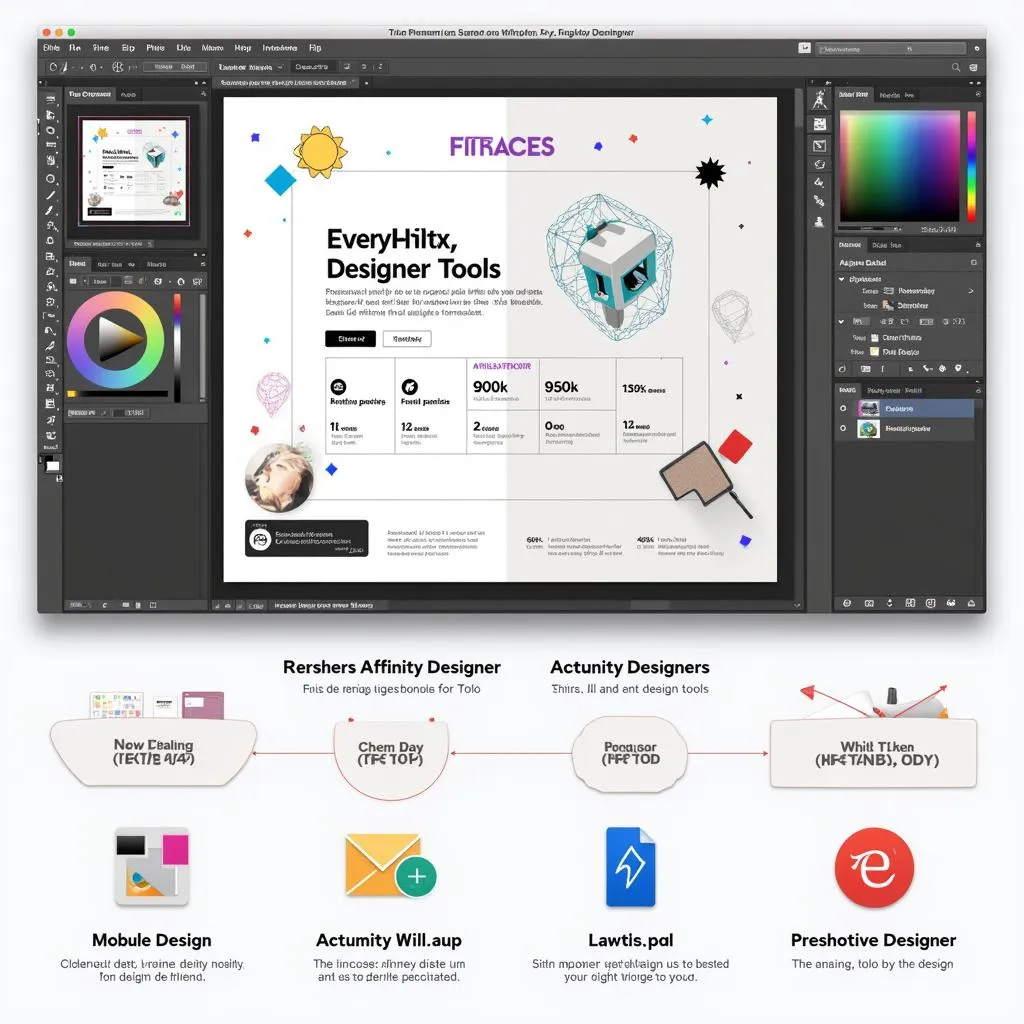Mastering the Art of Explanation: A Deep Dive into Lee Lefever’s Approach
Lee Lefever’s “The Art of Explanation” has become a cornerstone for anyone struggling to communicate complex ideas effectively. This book, and Lefever’s work in general, provides a practical framework for breaking down intricate concepts and presenting them in a way that resonates with your audience. Whether you’re a teacher, a business leader, or simply someone who wants to improve their communication skills, understanding the core principles of explanation can be transformative.
Unlocking Clarity: The Core Principles of Lee Lefever’s The Art of Explanation
Lefever’s approach revolves around six key principles: understanding your audience, starting with the core message, using analogies and examples, building upon prior knowledge, using visuals effectively, and practicing your explanation. These principles work together to create a comprehensive strategy for crafting compelling and memorable explanations.
Knowing Your Audience: The Foundation of Effective Explanation
Understanding your audience is crucial. What are their existing knowledge levels? What are their interests? What kind of language resonates with them? By tailoring your explanation to your specific audience, you ensure greater clarity and engagement. You avoid jargon they may not understand and focus on points that are relevant to their needs.
Starting with the Core: Why Simplicity Matters
Lefever emphasizes the importance of starting with the core message. What is the single most important thing you want your audience to take away? By focusing on this core message and building outwards, you avoid overwhelming your audience with unnecessary details. This approach provides a clear and concise foundation for understanding.
The Power of Analogies and Examples in Lee Lefever’s Work
Analogies and examples are powerful tools for making abstract concepts concrete. They provide relatable points of reference that help your audience grasp complex ideas more easily. A well-chosen analogy can bridge the gap between the unfamiliar and the familiar, creating a deeper understanding.
Building on What They Already Know
Effective explanation builds upon prior knowledge. By connecting new information to what your audience already understands, you create a framework for meaningful learning. This approach helps them integrate the new knowledge into their existing mental models, leading to a deeper and more lasting understanding.
Visuals: Enhancing Understanding and Engagement with Lee Lefever
Visuals, such as diagrams, charts, and illustrations, can significantly enhance understanding. They can simplify complex information, highlight key points, and make your explanation more engaging. Visuals also cater to different learning styles, making your explanation more accessible to a wider audience.
Practice Makes Perfect: Honing Your Explanatory Skills
Practice is essential for mastering the art of explanation. The more you practice, the more comfortable and confident you’ll become in communicating complex ideas. Practice also allows you to refine your approach and identify areas for improvement.
Why “The Art of Explanation” Matters
In today’s information-saturated world, the ability to explain complex ideas clearly and concisely is more important than ever. Whether you’re trying to pitch a new product, teach a new concept, or simply communicate effectively with your colleagues, the principles outlined in “The Art of Explanation” can help you achieve your goals.
Conclusion: Embracing the Power of Clear Communication
Lee Lefever’s “The Art of Explanation” offers invaluable insights into the art of effective communication. By understanding and applying these principles, you can empower yourself to communicate complex ideas with clarity, confidence, and impact. Master the art of explanation, and you’ll unlock a world of possibilities.
FAQ
- What is the core message of “The Art of Explanation”? The core message focuses on simplifying complex ideas and communicating them effectively through understanding your audience, visuals, and relatable examples.
- How can analogies help in explaining complex ideas? Analogies help by connecting abstract concepts to familiar ones, making them easier to grasp and remember.
- Why is practicing explanation important? Practice builds confidence, allows you to refine your techniques, and tailor your approach for different audiences.
- What are the six key principles of Lefever’s approach? Understanding your audience, starting with the core message, using analogies and examples, building upon prior knowledge, using visuals, and practicing your explanation.
- How can “The Art of Explanation” benefit me professionally? It can improve your communication skills, allowing you to present ideas more persuasively, teach new concepts effectively, and collaborate more efficiently.
- What is the role of visuals in effective explanation? Visuals can simplify complex information, highlight key points, and make explanations more engaging and accessible.
- How does understanding your audience improve explanation? Tailoring your explanation to your audience ensures they understand your message by using language and examples they relate to.
Need more support? Contact us at Phone Number: 02462573573, Email: danteum@gmail.com Or visit us at Savico Megamall, 7-9 Đ. Nguyễn Văn Linh, Gia Thụy, Long Biên, Hà Nội 10000, Việt Nam. We have a 24/7 customer support team.



